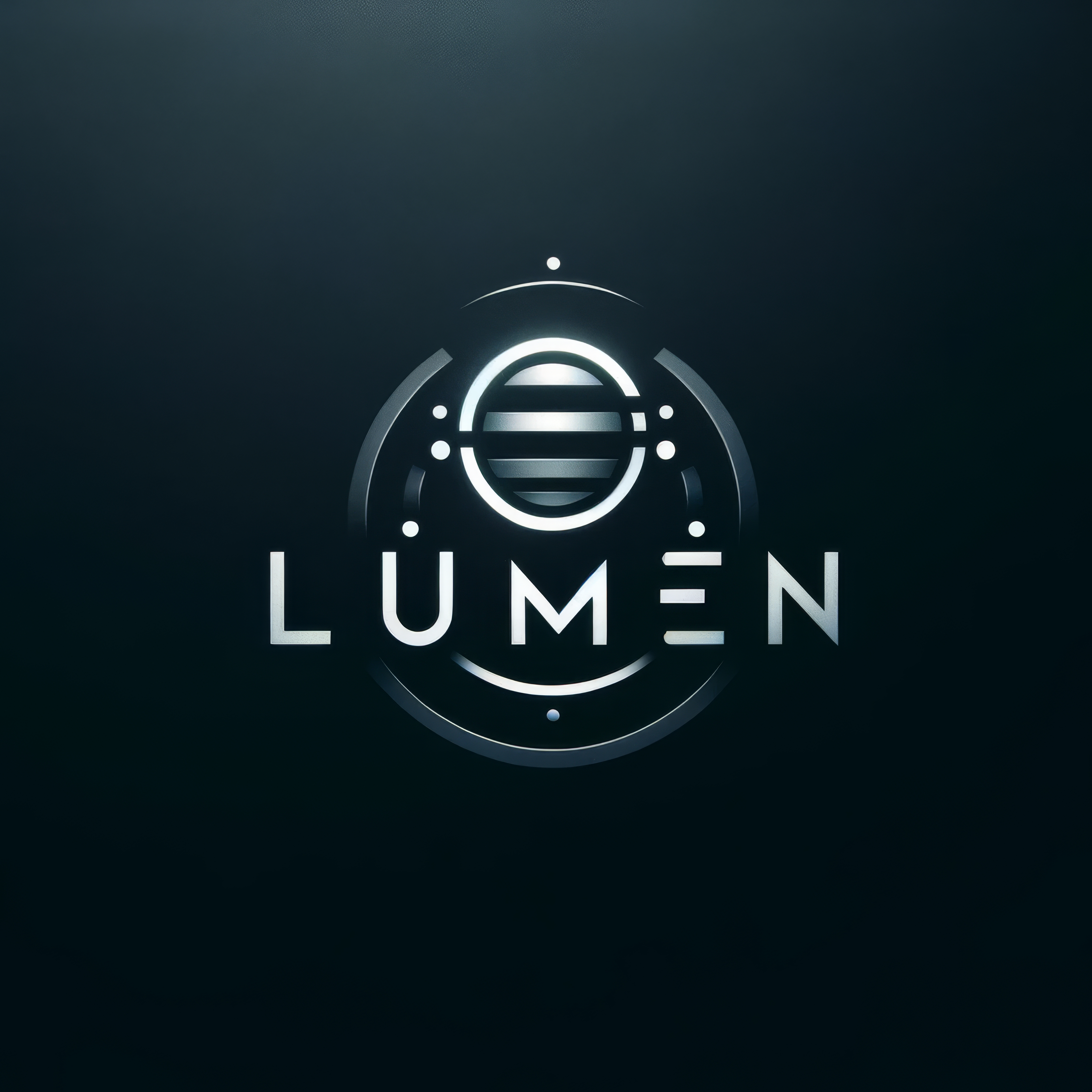Rhea
Rhea, the second-largest moon of Saturn, is a heavily cratered and geologically inactive world that has been the site of limited Lumen settlement and resource extraction efforts. The moon's surface is characterized by its large, ancient impact basins and the presence of numerous tectonic features, such as grabens and ridges, that are thought to have formed early in the moon's history.
Geography
Tirawa Crater
The most significant Lumen settlement on Rhea is located in the Tirawa Crater, a large, ancient impact basin that is located near the moon's equator. The settlement, known as the Tirawa Outpost, is a small but strategically important facility that is responsible for monitoring and maintaining the moon's automated helium-3 mining operations. The outpost, which is staffed by a rotating crew of several dozen Lumen technicians and engineers, is equipped with advanced sensor arrays, communication systems, and life support technologies that allow it to operate in the harsh, airless environment of Rhea. The facility is also home to a small fleet of robotic mining vehicles that are used to extract and process the moon's valuable helium-3 reserves.Other Notable Features
In addition to the Tirawa Outpost, Rhea is home to a number of other notable geographic features that have been the target of Lumen exploration and study. These include:- The Inktomi Catenae: A series of long, linear depressions that are thought to have formed as a result of tectonic stresses on the moon's surface.
- The Izanagi Impact Basin: A large, ancient impact basin that is surrounded by a series of concentric rings and is thought to be one of the oldest features on the moon's surface.
- The Wakonda Mons: A large, isolated mountain that rises several kilometers above the surrounding terrain and is thought to be the result of a localized uplift event.
Type
Planetoid / Moon
Location under




Comments